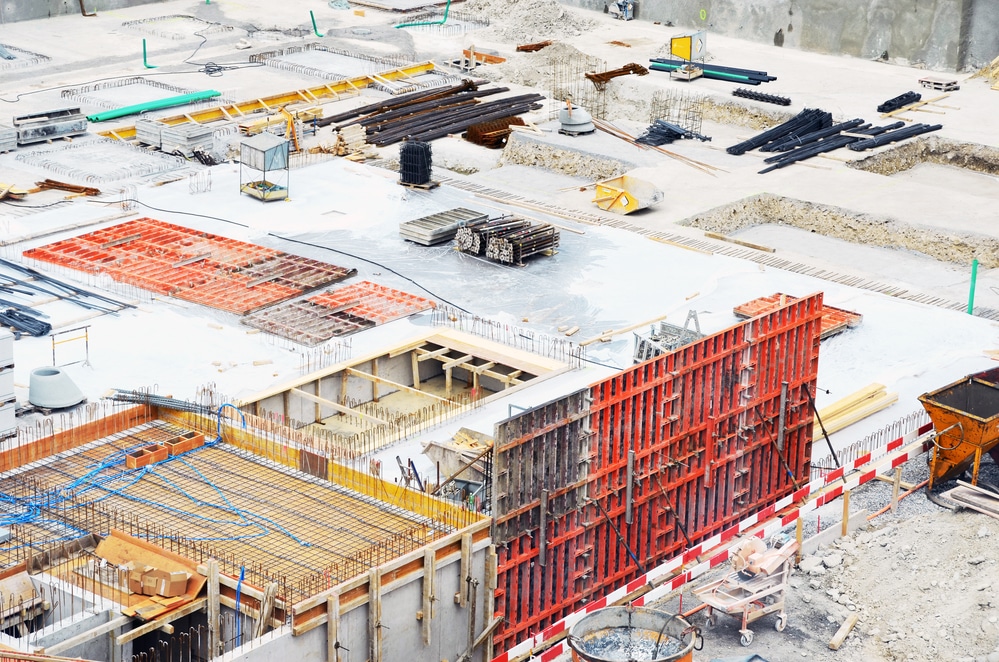
The journey of creating a home from the ground up is an exhilarating experience that is often accompanied by considerable challenges and complexities. It requires seamless coordination among various professionals, from architects and engineers to builders and subcontractors.
Traditional construction practices involve separate entities for design and construction, which can create a disconnect and lead to increased time and costs. However, those looking to simplify and streamline their home construction process could greatly benefit from a strategy known as Design Build.
What is Design Build?
Design Build is an integrated approach that delivers both design and construction services under one contract with a single point of responsibility. This method fosters collaboration and unites the flow of work from initial concept through completion, which helps to optimize the project by aligning the interests of the design and construction teams.
The Benefits of Design Build
One of the most pronounced benefits of the Design Build approach is the streamlining of the entire construction process. With an integrated team working towards shared objectives, there are fewer communication breakdowns, resulting in fewer delays and cost overruns.
Moreover, the homeowner is not placed in the mediator role between the designer and the builder, often a significant stress point in traditional construction arrangements.
READ MORE : Choosing the Right Backup Generator for Your Home
Efficiency in Project Management
The Design Build method offers heightened efficiency in project management. Since the team is composed of all necessary professionals who often work within the same company, there is a unified workflow.
This seamless operation translates to faster project delivery as design revisions, and construction issues can be addressed on-the-fly without the bureaucratic back-and-forth seen in traditional models.
Cost Savings
Additionally, Design Build can result in cost savings for the homeowner. As the design and construction phases overlap, the opportunity for simultaneous scheduling of tasks means the project can be completed much quicker. Moreover, with a single entity responsible for the entire project, there is a higher level of cost control, and the client is provided with a clear picture of the overall budget early in the process.
Quality Control
Quality control is easier to maintain in a Design Build setting. With a closely knit team, the designer and builder can coordinate to ensure that the construction conforms to the design specifications. This coordination minimises the likelihood of errors and omissions during the construction phase and ensures quality is maintained throughout the construction process.
Enhanced Communication
Communication is visibly improved when architects, designers, and builders work together towards a common goal. The communication channels are short, direct, and more effective, which not only reduces misunderstandings but also enables responsive and informed decision-making.
Risks Mitigation
The integrated nature of Design Build also aids in risk mitigation. With a single entity responsible for the project, risks are managed more efficiently. The team’s collaborative effort allows for early identification of potential issues, enabling proactive resolution before they escalate into significant problems.
Customisation and Client Involvement
For homeowners who wish to be actively involved in the construction process, Design Build offers a significant advantage. The approach allows for greater client participation in the design and decision-making process, ensuring that the final product closely aligns with their vision and expectations.
Choosing the Right Design Build Firm
Selecting a qualified and experienced Design Build firm is crucial. An ideal firm should have a solid track record of successful projects and offer a comprehensive suite of services that can cater to all aspects of the construction process. The firm should also be committed to transparency, innovation, and utmost respect for the client’s budget and timelines.
Conclusion
The construction of a home is one of the most significant investments and personal endeavours one can undertake. This process brings with it the promise of a bespoke space tailored to an individual’s or family’s needs but also comes replete with numerous demanding considerations.
Opting for a Design Build approach simplifies this process, ensuring that your dream home becomes a reality in a more concise, cost-effective, and harmonious manner. With all things considered, Design Build not only streamlines the home construction process but also enhances the overall experience by cultivating a symbiotic relationship between design and execution.
For those considering building a home, it’s worth exploring the Design Build option to understand how this innovative methodology can benefit the end-to-end construction journey.
Ensuring that the joy of creating a custom-built home remains unmarred by the complexities of traditional construction processes, Design Build may well be the key to a smoother and more satisfying home-building experience.
